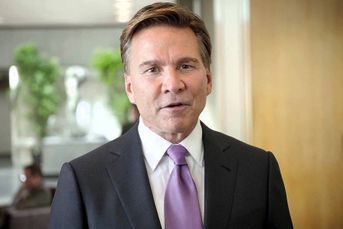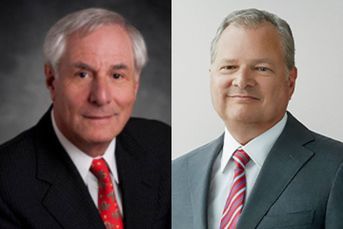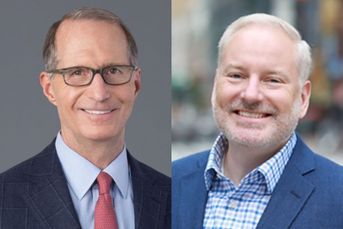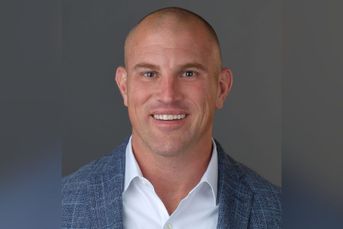Finra makes its list to target hundreds of rogue individuals
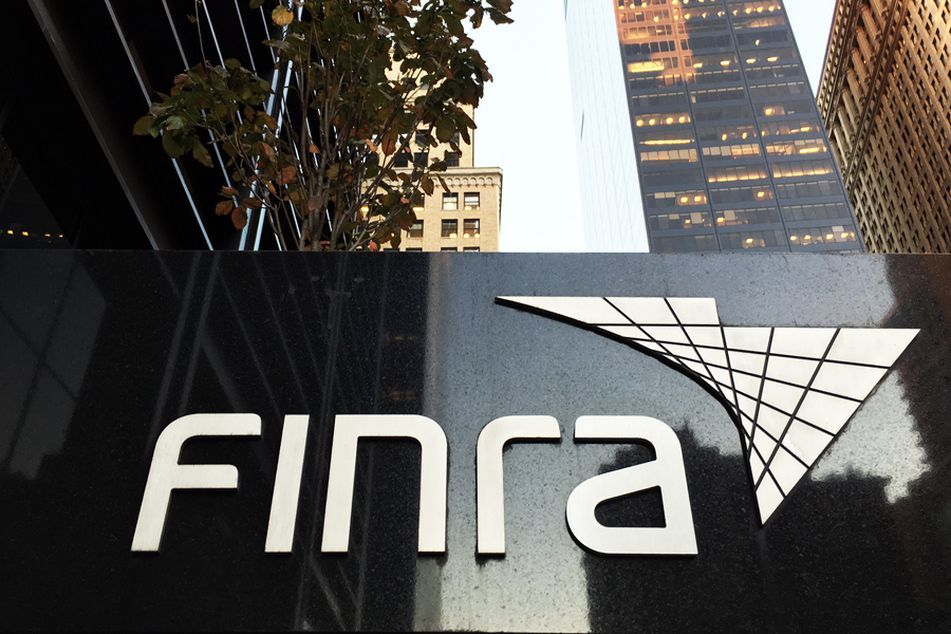
The regulator sees patterns in the behavior and disclosures of high-risk brokers.
As the Financial Industry Regulatory Authority Inc. undertakes closer supervision of rogue firms, it has identified hundreds of individual registered reps and financial advisers who pose the biggest risk for clients of the securities industry.
At Finra’s annual meeting in Washington Wednesday, CEO Robert Cook said 61 firms, or less than 2% of the industry’s total, would face restrictions under a newly proposed Finra rule.
John Salerno, examination manager at Finra’s high-risk representative program, followed that up on Thursday by saying that the regulator was focused on hundreds of advisers.
Finra has been making a push to monitor firms and individuals with histories of bad conduct since early 2017, when it said it was devoting more attention to firms’ hiring and monitoring of high-risk and recidivist brokers. At the time, Finra also said that it had established an examination unit dedicated to ferreting out brokers who pose a high risk to investors.
Finra has close to 3,600 broker-dealers and 630,000 registered reps under its watch. About half of those reps face the public and sell securities.
Mr. Salerno said Finra puts together its list of high-risk brokers using industry and disclosure data, and then begins its analysis.
“Initially, what we are looking for is disclosures,” he said. “What kinds of arbitrations have been filed against the broker? Was he terminated for cause? Has he had a significant number of moves to employers, and is there a degradation in the type of firm he is going to? And does the firm he is moving have a disciplinary history of any kind?”
“Those are pieces of information that are publicly available,” Mr. Salerno said. “You can look at a person’s employment history, written customer complaints, arbitrations, regulatory matters and association with problematic individuals.”
“Finra is using these predictive models to look at this group of brokers,” Mr. Salerno said.
“The most critical is a pattern of disclosures,” he said. “For example, a broker could have an unauthorized trading complaint that is recent but seems benign. But when you look at the broker and the movements he has had, say four or five different firms, and he has faced similar allegations at those firms but in a different time frame with different customers, the pattern seems to be emerging, so we are going to take a closer look.”
For example, if a broker or adviser worked with a high-risk broker in the past, Finra would look at whether he followed that broker to a new firm, Mr. Salerno said. “I start to wonder, what is it you are doing and how is it different from the person who get into trouble with the regulators?”
“This is what we are looking at,” he said. “It’s very effective in identifying people.”
Learn more about reprints and licensing for this article.

